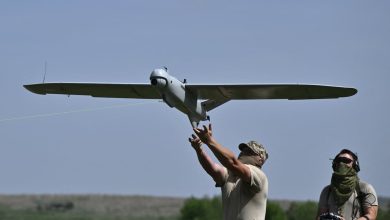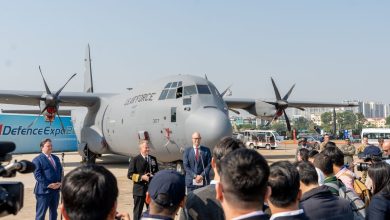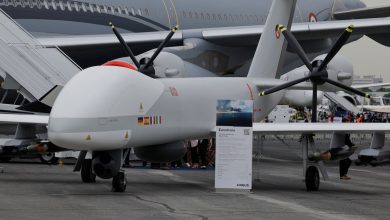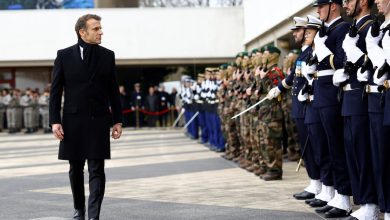Air Force to send bomber task force to Europe
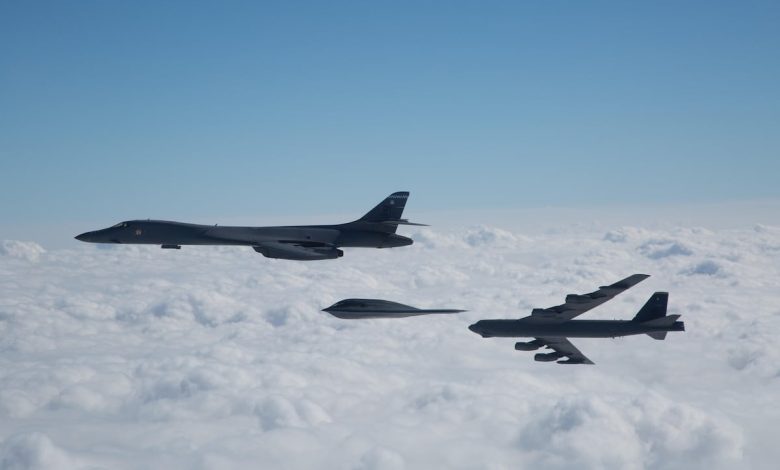
The Air Force plans to soon send its latest task force of strategic bombers to Europe to train with NATO allies.
U.S. Air Forces Europe-Air Forces Africa said on Friday that the bomber task force deployment will begin “in the coming days,” and would last several weeks. But details about the deployment are scant, and USAFE declined to say what type of and how many bombers would make up the task force, when they would arrive in Europe, and where they would be stationed, citing operational security concerns. The Air Force flies B-1 Lancer, B-2 Spirit and B-52 Stratofortress bombers.
The bombers will train and carry out missions with NATO allies and partners, USAFE said, and would “demonstrat[e] the U.S. commitment to global security and stability.” The deployment has been “long-planned,” USAFE said.
“Our commitment remains steadfast to ensuring the readiness and strategic flexibility of our forces as they support regional security and our allied partnerships in the region,” USAFE said in a follow-up email.
That bomber deployment was one of two announced Friday. The military also plans to send B-52s, alongside fighters and Navy ships, to the Middle East to deter Iran and its proxies. Tensions in the Middle East remain high as the war in Gaza rages on after more than a year, and following Israeli strikes on Lebanon and Iran. Iranian Supreme Leader Ayatollah Ali Khamenei this weekend threatened to soon conduct a “crushing response” to Israel’s strikes on the nation’s military.
The war in Ukraine, which is nearing its third year, also marks the heaviest fighting in Europe since World War II. The Air Force has sent multiple bomber task forces to Europe since then to signal support for NATO allies and deter Russia from further aggression.
Since 2018, the Air Force has regularly rotated bombers overseas as part of task forces instead of permanently stationing them abroad. That allows the bombers to train and operate overseas for several months – as well as deter potential adversaries – before returning to the U.S. for more in depth maintenance and stateside training. The military also was concerned that stationing bombers overseas for long periods could leave them vulnerable to attack.
Stephen Losey is the air warfare reporter for Defense News. He previously covered leadership and personnel issues at Air Force Times, and the Pentagon, special operations and air warfare at Military.com. He has traveled to the Middle East to cover U.S. Air Force operations.
Read the full article here

